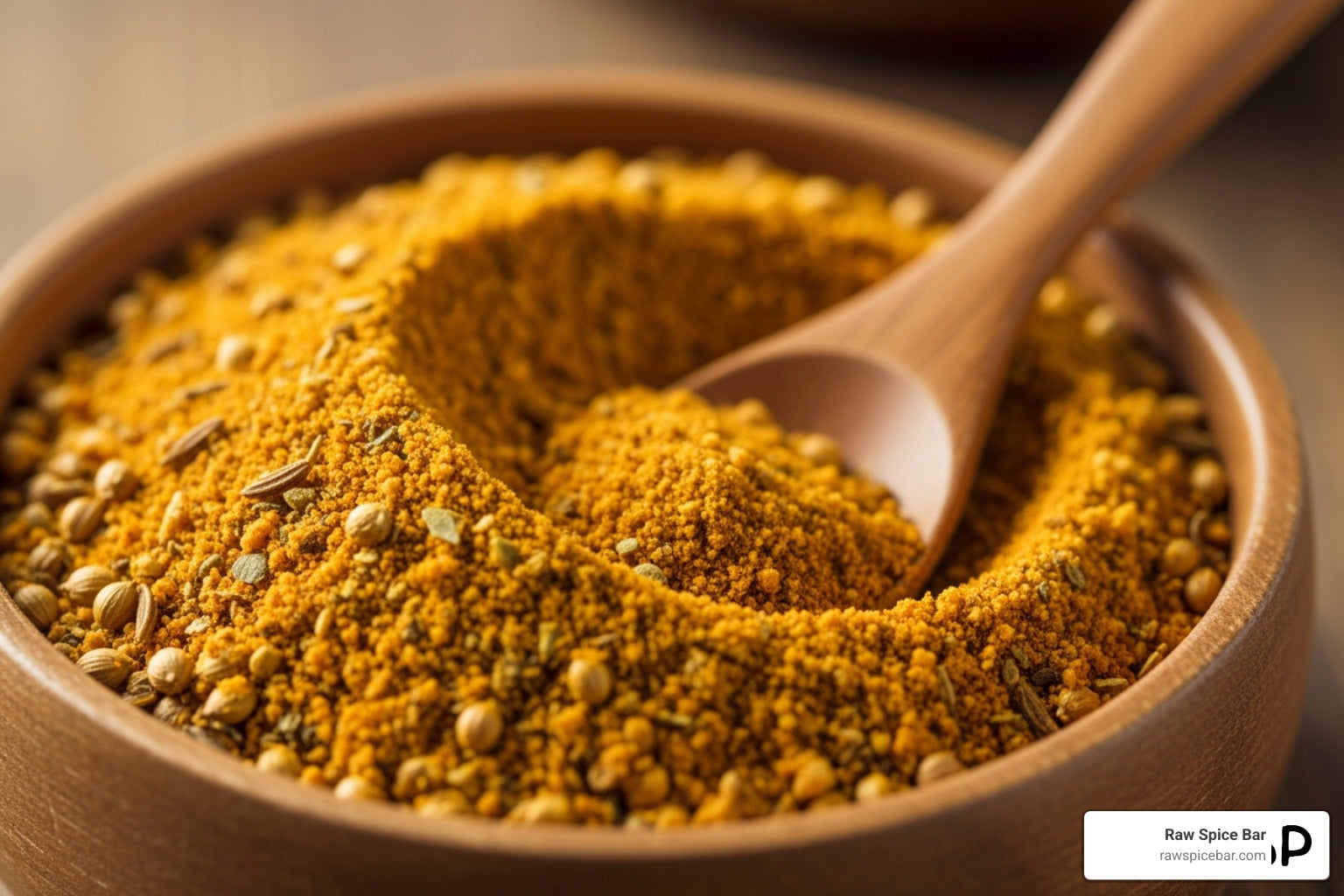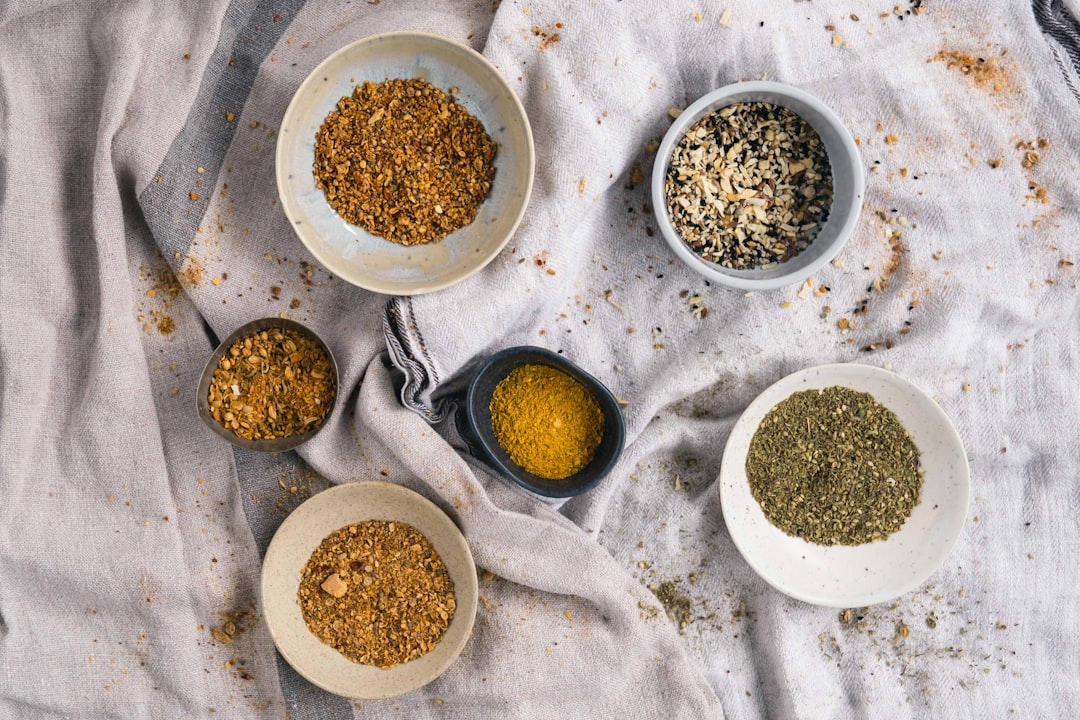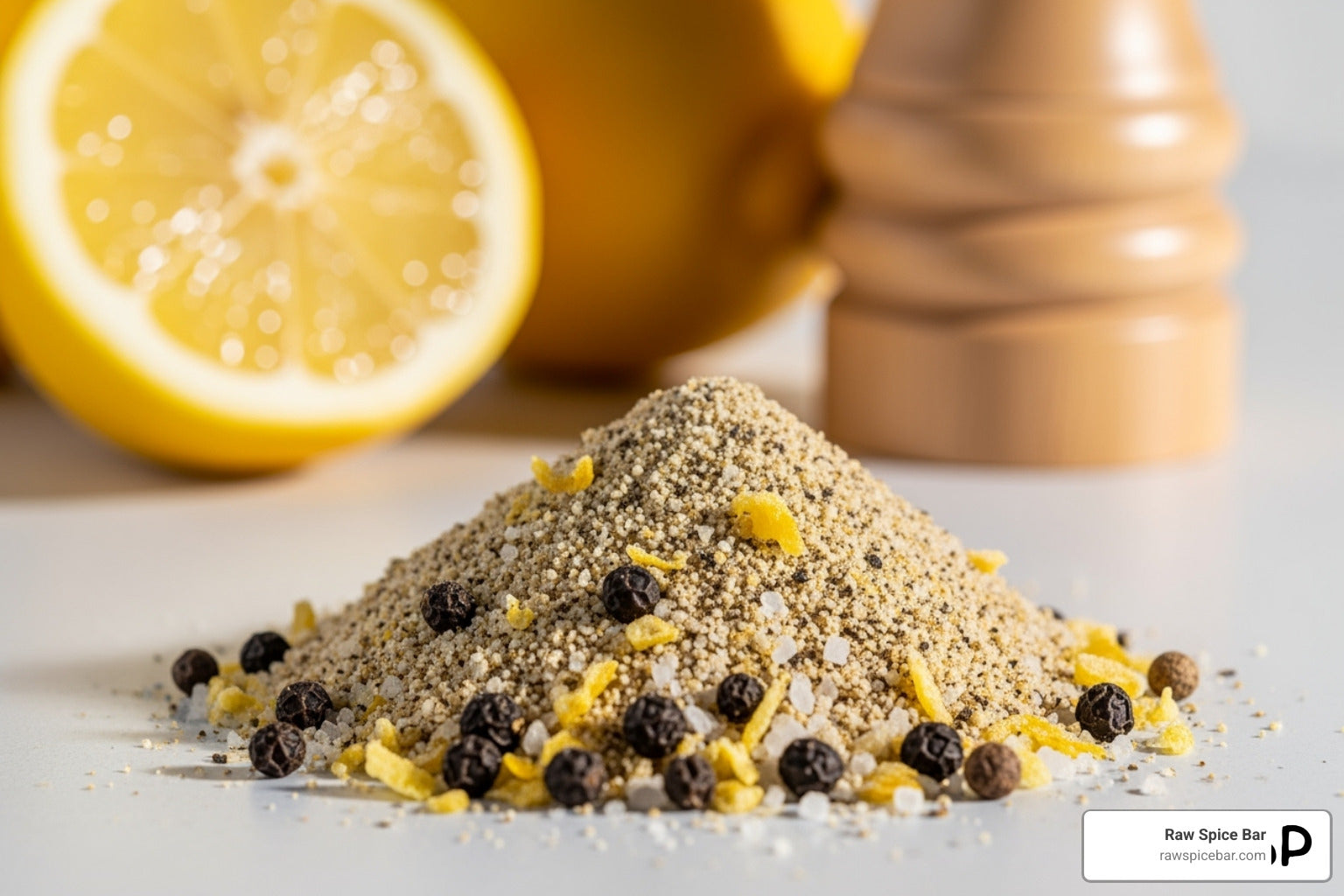Granulated and Powdered Garlic: Which to use?
If there ever was a seasoning that people around the world avidly added to their dishes, it would be garlic. It is ever-present in both major and minor food cultures, as its irresistibly mouthwatering taste and aroma certainly livens up any dish. When fresh garlic isn’t an option, many tend to reach out for either granulated garlic or garlic powder. Curious about these spice forms? Read up to learn more about differences and similarities of both!
Granulated and Powdered: What They’re Made Of
Both granulated and powdered garlic are primarily made of ground up and dehydrated fresh garlic. The cloves are peeled, minced, and then placed in an oven to dry up until they’re ready to be processed. Once dry, it is ground to reach the point of desired fineness. Between the two, garlic powder has a finer consistency and has a texture that closely resembles cornstarch. Meanwhile, granulated garlic has a bigger grind and is much closer to the texture of cornmeal.
While both products use real garlic as a main ingredient, they may also include anti-caking agents which keep the product in powder form – a must for easy use! Flavor-wise, there isn’t any difference between the two – so you are assured of getting the same garlicky goodness whether it is granulated or powdered!
Granulated for Powder, and Vice Versa
Because the flavor is the same, there isn’t any problem when it comes to substituting one for the other. The only thing that you need to consider is the size of the granules. Granulated garlic has bigger granules, which means it has more air in it, resulting in less garlic when spooned out in an amount equal to powder. Meanwhile, finer garlic has a higher intensity in an equivalent amount to the granulated kind. So, if you are subbing granulated garlic for the powdered variety, be sure to use more – and vice versa if you’re subbing powder for granulated!
Nutrient Content
In terms of its nutritional profile, nothing beats fresh garlic that keeps all of the goodness intact since you don’t process it. The dehydration process of granulated and powdered garlic removes a good amount of the nutrients; however, both iron and Vitamin B6 are still retained to some degree.
Dish-Appropriateness
For soups and different types of wet dishes, granulated garlic is the better choice since it’s less prone to forming clumps. It’s also great for making barbecue rubs because it mixes in evenly.
For dishes that have short cooking times, powdered garlic delivers the required flavor intensity better than granulated garlic. Powdered garlic also works for injecting in meats because the fine powder isn’t likely going to clog up your injector. Both work well in sauces and in salad dressings, and both are not good to be used in recipes that will have both types of garlic fried up because they are just going to burn – and quickly!
Now that you know these things about granulated and powdered garlic, which one do you prefer using in the dishes that you prepare?




